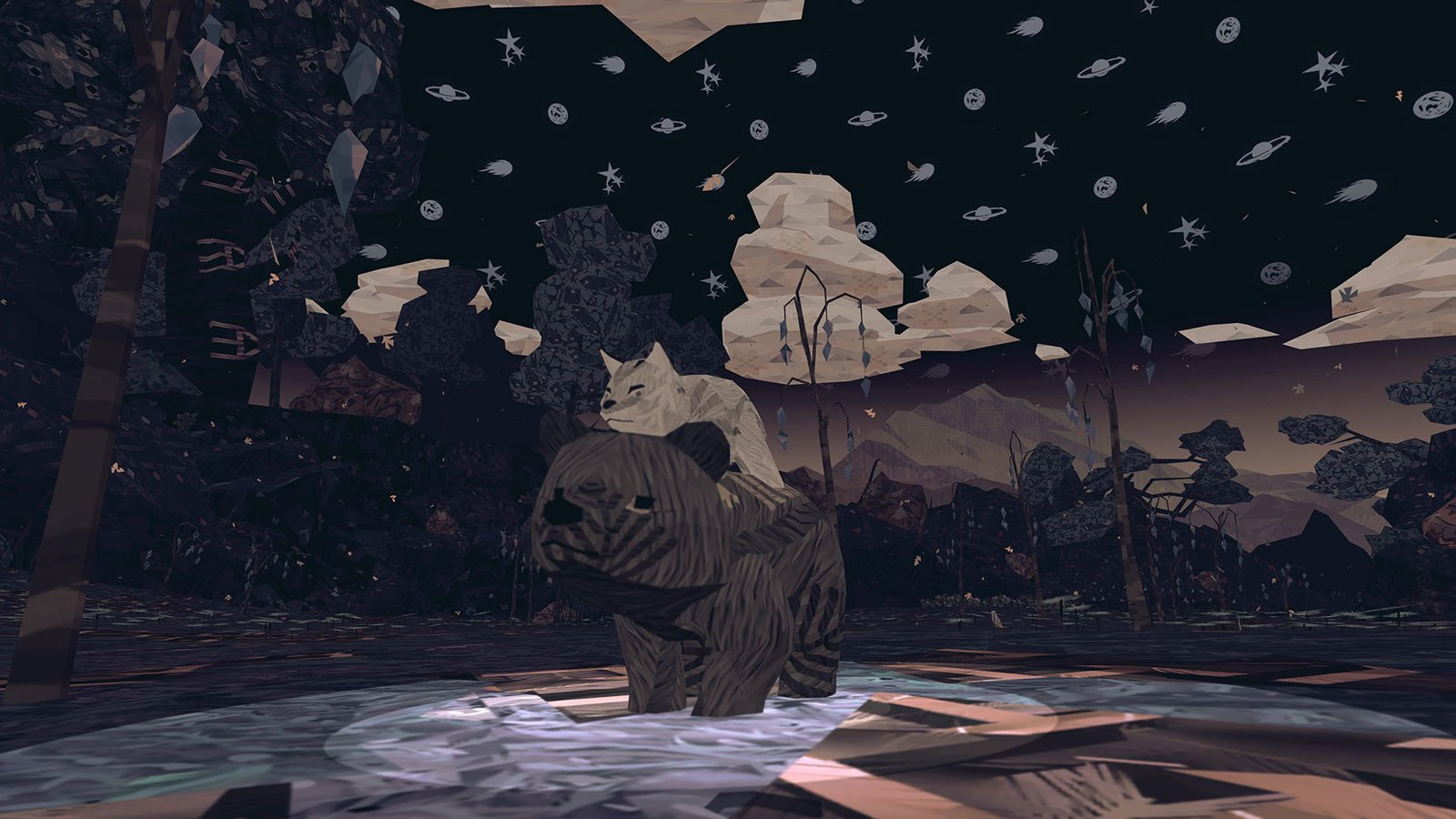Garage Game Club: Ecologies
One of the main challenges of the environmental crisis is its invisibility. Global changes are hard to track, and planetary issues cannot really be captured in a few images. Video games are one medium that can convey the scope of environmental issues and direct the player toward creative solutions, including in real life.
Video games allow players to create simulations of complete worlds. These simulations have their own rules and in exploring them players can transform large and complex systems.
It is no wonder that video games are increasingly used to speak about environmental issues. How can we survive on this planet and avoid a global disaster? How do we satisfy the needs of all agents that inhabit it without depleting its resources? What is the current ecological agenda and what can actually be done?
Eco
Strange Loop Games, 2018
12+
In this multiplayer simulation game the goal is to build a civilization that will be able to divert a meteorite without destroying the planet’s ecology.
Block’hood
Plethora Project, 2017
6+
This simulation game invites players to build a neighborhood and experiment with unique ecosystems that form in the urban landscape.
Lichenia
Molleindustria, 2019
6+
Molleindustria is an independent collective which uses game algorithms to explore urgent social and political issues. Lichenia invites players to think about the Anthropocene, sustainable development, and distribution of resources while watching a mysterious ecology, where civilization grows like a garden.
Shelter / Shelter 2
Might & Delight, 2013/2015
12+
Shelter and Shelter 2 challenge our anthropocentric perspective by allowing the player to become a badger or a lynx trying to feed and protect their cubs. Beautiful pastel and polygonal settings conceal many dangers. In order to survive, animals have to be cruel and strong.
ISLANDS: Non-Places
Carl Burton, 2016
6+
Carl Burton’s indie game explores non-places: mundane objects and locations we would not necessarily notice in everyday life reveal themselves as islands offering a different perspective on the logic of their existence. The speculative ecologies of non-places transform the distanced glance of the user into an attentive and meditative visual experience.
Memory of a Broken Direction
Ezra Hanson-White, 2012
In Memory of a Broken Direction players explore the space created by a software bug and need to rewire their vision to reconstruct the world that is deformed and falling apart.
La forêt
Yuliya Kozhemyako, 2015
Inspired by Max Ernst, Yulia Kozhemyako invites players to explore an abstract forest. As the game progresses, the forest grows denser and increasingly restricts the players’ movements.
Soda Drinker Pro
Snowrunner Productions, 2016
The name says it all: players travels through absurd spaces with a can of soda in hand.
Luxuria Superbia
Tale of Tales, 2013
Luxuria Superbia offers a metaphorical intimate experience in the shape of a musical journey, where the player’s key skill is a sense of rhythm.
The Endless Forest
Tale of Tales, 2005
In this multiplayer online game, the player explores a forest as a deer. Free from game chat, violence and habitual means of interaction, the game presents a model of the world where players have to invent new channels for communication and learn to form micro communities
